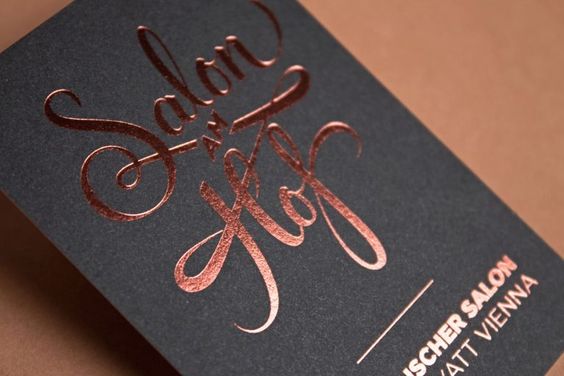In today’s rapidly advancing world of printing technology, where vibrant colors and high-resolution images dominate, black-and-white book printing continues to hold its ground as a classic and economical choice for authors and publishers alike. While color printing has its allure, there are compelling reasons why black-and-white printing remains a preferred option for many publications.
Introduction
Black-and-white book printing, often overlooked in the age of digital color printing, maintains a distinct charm and practicality that appeals to various genres and budget considerations. Despite the allure of color, many authors and publishers find that black-and-white printing offers unique advantages worth considering.
Advantages of Black and White Book Printing
Cost Savings
One of the most significant advantages of black-and-white printing is its cost-effectiveness, especially for text-heavy publications such as novels, textbooks, and manuals. Unlike color printing, which involves the use of multiple ink cartridges and complex color calibration, black-and-white printing requires fewer resources, making it more economical for large print runs.
Authors and publishers can save substantially on printing costs without compromising the quality of their content. For instance, printing a full-color book costs several times more expensive than printing the same content in black and white.
Faster Turnaround Time
Black-and-white printing often offers a quicker turnaround time compared to color printing. With fewer processes involved, such as color calibration and drying times, black-and-white books can be produced and delivered to the market more rapidly. This is particularly advantageous for authors working under tight deadlines or those eager to get their work into readers’ hands promptly.
Simplicity and Consistency
Opting for black-and-white printing streamlines the production process, resulting in a more straightforward and consistent outcome. Unlike color printing, which requires meticulous color management and adjustments, black-and-white printing involves fewer variables, ensuring that the final product closely resembles the original design.
Authors can have peace of mind knowing their book will maintain its intended look and feel throughout the printing process without unexpected color variations or discrepancies.
Timeless Aesthetic
Black-and-white books exude a timeless and classic aesthetic that resonates with readers across various genres. Whether it’s a gripping novel, thought-provoking poetry collection, or informative textbook, the simplicity of black-and-white can enhance the reading experience and evoke a sense of nostalgia.
Many iconic books throughout history, such as Harper Lee’s To Kill a Mockingbird and George Orwell’s 1984, have been printed in black and white, further solidifying their status as a preferred choice for literary works.
Environmental Benefits
In an era when environmental sustainability is a growing concern, black-and-white printing offers ecological benefits over color printing. With fewer resources consumed and less waste generated during production, black-and-white printing aligns well with eco-conscious practices.
Authors and publishers committed to reducing their carbon footprint can choose black-and-white printing as a greener alternative without compromising quality or aesthetics.
Genres and Types of Books Suitable for Black and White Printing
Black and white printing is particularly well-suited for specific genres and types of books where the focus is primarily on textual content rather than visual imagery. Some genres that benefit from black-and-white printing include:
- Novels: Fiction and literary works often rely on engaging storytelling rather than visual elements, making black-and-white printing an ideal choice.
- Poetry Collections: The simplicity of black and white enhances the impact of poetic verses, allowing readers to focus on the words themselves.
- Memoirs: Personal narratives and memoirs can be effectively presented in black and white, emphasizing the content’s raw emotion and authenticity.
- Textbooks and Instructional Manuals: Educational materials benefit from clear, crisp black-and-white printing, ensuring readability and comprehension.
Understanding readers’ expectations within each genre is crucial when deciding whether black-and-white printing is the right choice for a particular book project.
Designing Effective Black and White Book Covers and Interiors
Design plays a pivotal role in the success of black-and-white books. Here are some tips for designing visually appealing black-and-white book covers and interiors:
- Typography: Choose fonts that are easy to read and complement the book’s tone. Serif fonts are often preferred for body text, while bold sans-serif fonts can make titles and headings stand out.
- Layout: Maintain clean and uncluttered layouts to ensure readability. For a polished look, pay attention to margins, line spacing, and paragraph indentation.
- Grayscale Images or Illustrations: If including images, opt for high-quality grayscale photos or illustrations that enhance the content without overshadowing it. Ensure proper contrast and clarity.
Conclusion
In conclusion, black-and-white book printing offers a host of advantages that make it a timeless and economical choice for authors and publishers. From cost savings and faster turnaround times to its classic aesthetic appeal and environmental benefits, black-and-white printing continues to have a place in the publishing industry.





